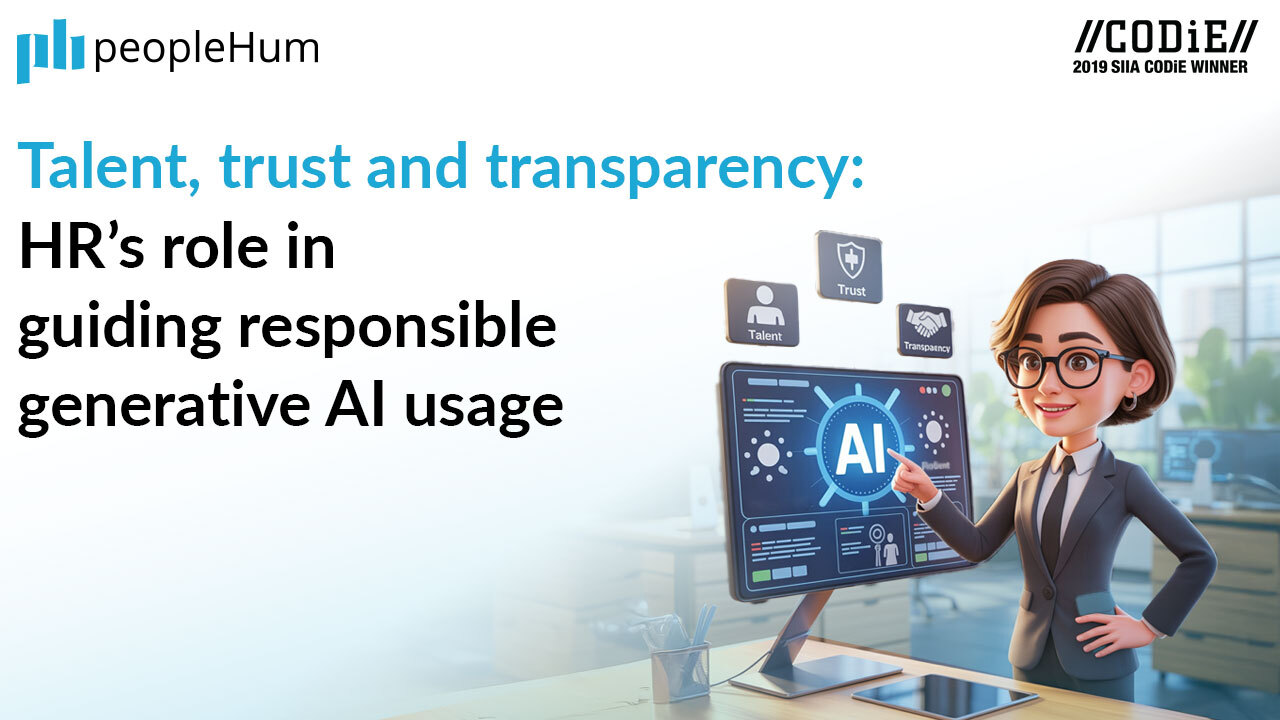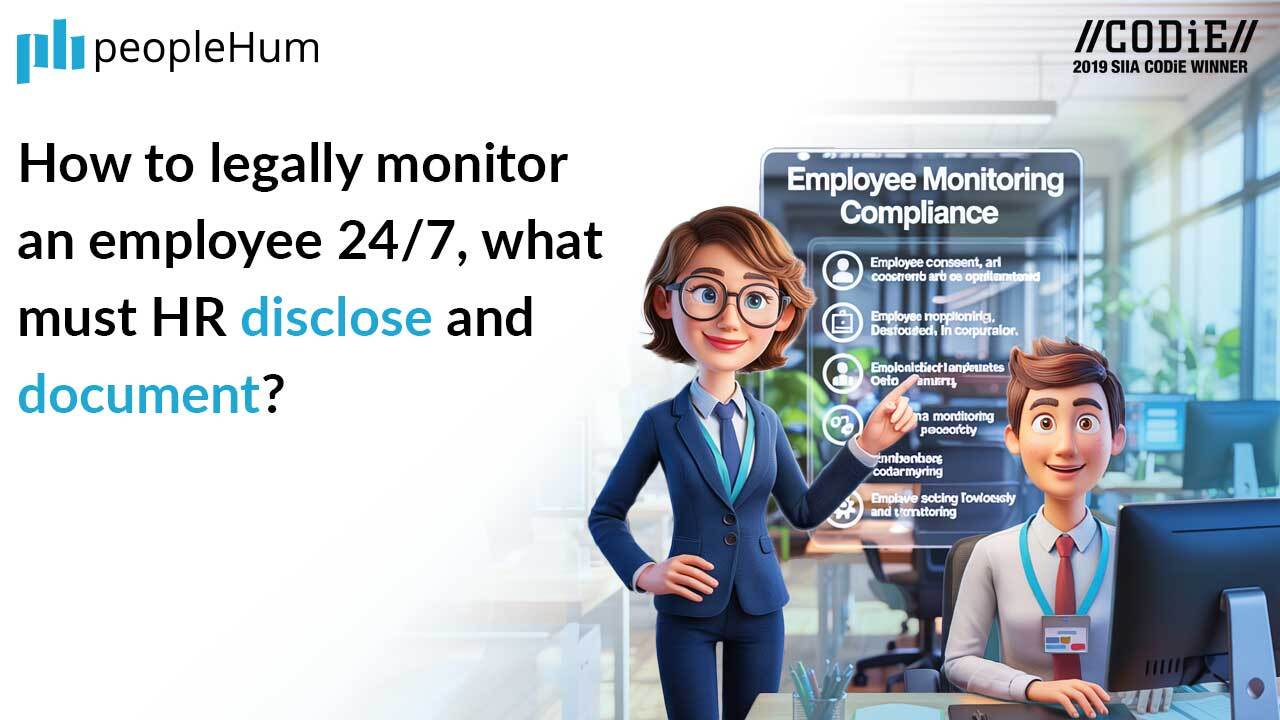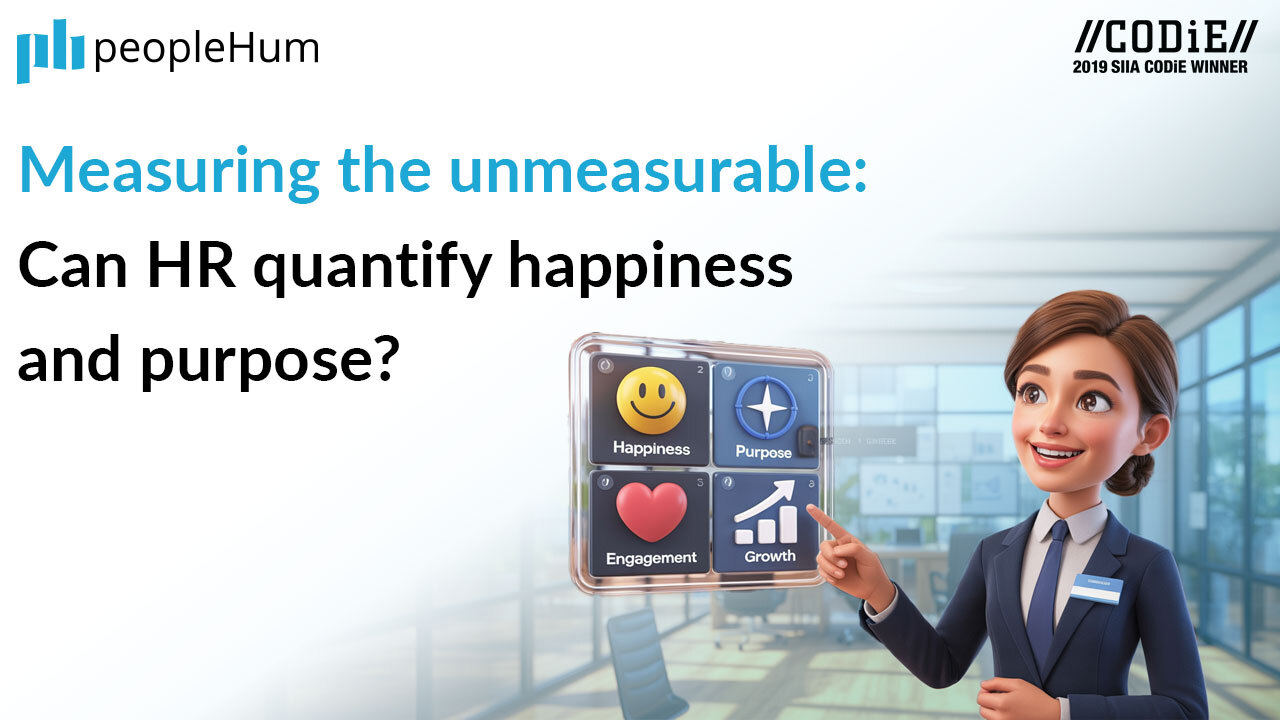The beast of generative AI is loose in the workplace, promising to supercharge productivity while threatening to erode human judgment and morale. For HR, this isn't another tech trend to manage; it's a gut check. The old rulebook is useless, and waving a policy manual won't save you. It's a complete overhaul of how we think about people, power, and purpose, with talent, trust, and transparency as the only raw materials.
The stakes are clear: will you build a workforce that's engaged and empowered, or one that's paranoid and disengaged? Making AI a tool instead of a tyrant requires HR to stop managing people and start managing a revolution. It’s time to get real and build a new operating system for your business, one where you own the conversation about how AI is used, and why.
Talent: Finding the right people to steer AI
HR plays a critical role in finding and developing the right talent to steer AI effectively. This goes beyond hiring technical experts and focuses on identifying employees who have the curiosity, critical thinking, and sound judgment to use AI responsibly.
- The AI-ready employee
The ideal employee for generative AI isn't just a tech wizard; they are someone who can blend creativity with skepticism. They're curious enough to test an AI tool's limits and understand its flaws, but also possess the judgment to know when to correct its output.
- Nurturing an AI-savvy workforce
Simply handing an employee an AI tool and saying "go wild" won't work. HR must create a clear path for development. This involves mentorship programs, dedicated workshops, or even small-scale trial projects that allow employees to get hands-on experience without feeling overwhelmed.
Trust and transparency: Stopping AI from Becoming the Office Villain
HR's job is to build trust and prevent AI from becoming the "office villain" by directly addressing employee fears. This is through honesty, setting clear human boundaries for AI's role, and transparently acknowledging its flaws.
- Be honest and transparent: Disclose when and how AI is being used in the workplace, such as for screening resumes or analyzing performance data. Employees shouldn't find out through the grapevine that a machine is involved in their work.
- Establish clear boundaries: Create a culture where AI is seen strictly as a tool, not a spy or a judge. HR needs to emphasize that humans still decide, while AI is limited to suggesting or assisting.
- Acknowledge and Show Flaws: Trust is built by showing that the AI system is not perfect. When employees see that the organization is willing to admit the new tech has flaws and is open to challenges, they will start trusting the tool and the leadership for "keeping things real”.
- Clear Communication: Transparency does not mean providing a user manual, it's about no-BS communication. Be the voice of clarity, explaining what an AI tool can do, what its limitations are, and the human oversight in place to ensure it is used responsibly.
Why HR Needs to Be the AI gatekeeper
HR needs to be the AI Gatekeeper because it's the only department focused on the human element of work. Without HR oversight, AI risks churning out poor results, alienating employees, and making decisions that are legally and ethically unsound. HR's role is to master the context of people, ensuring that AI serves the workforce effectively and ethically.
- Protecting human context: HR is responsible for ensuring AI doesn't just process numbers but understands the human behind them. For example, when AI writes a job description, HR's expertise is needed to ensure it's not "jargon-filled nonsense" and reflects the genuine requirements of the role.
- Asking the tough Questions: HR acts as the voice of reason and skepticism, preventing the organization from adopting AI simply because it's "shiny." The department must constantly evaluate: "Is this tool helping or hurting? Are we using it because it works, or because it's trendy?" This oversight keeps AI in check.
- Recruitment. This means using AI for what it's good at, the administrative, repeatable tasks. Use AI to get a wider pool of candidates and then apply human judgment and intuition to find the unique spark.
Where AI Ends and Human Begins: Defining the Line
Defining the boundary between AI's role and the human's is the most critical strategic conversation HR must lead. It's not enough to simply adopt AI; HR must set the guardrails to protect the human aspects of work by clearly stating where the AI stops and the human begins.
This is a strategic necessity, not just a legal formality. Without clear boundaries, organizations invite chaos and undermine trust.
HR's primary job is to argue for and protect the decisions that require human final authority due to their critical, nuanced nature. These tasks are typically those that involve high-stakes decisions, subjective judgment, or emotional intelligence:
- Decision-making with impact: Processes like employee disciplinary actions, final candidate selection, and the final decision on performance reviews must remain human-led. While AI can analyze data for these, the ultimate responsibility for a life-changing decision belongs to a person.
- Unique human contributions: HR must define the value proposition of human workers by highlighting irreplaceable skills:
- Empathy and Leadership: An AI can analyze data, but it can't lead a team or inspire a colleague.
- Creativity and Strategy: An AI can draft a report, but it can't generate truly original strategy or build a workplace culture.
- Culture and Connection: An AI can screen resumes, but it can't build the necessary human connections that form the foundation of a strong organizational culture.
Ultimately, HR's goal is to find a home for humanity in an AI-augmented world, ensuring that human judgment and emotional intelligence remain at the core of the organization.




































.jpg)













